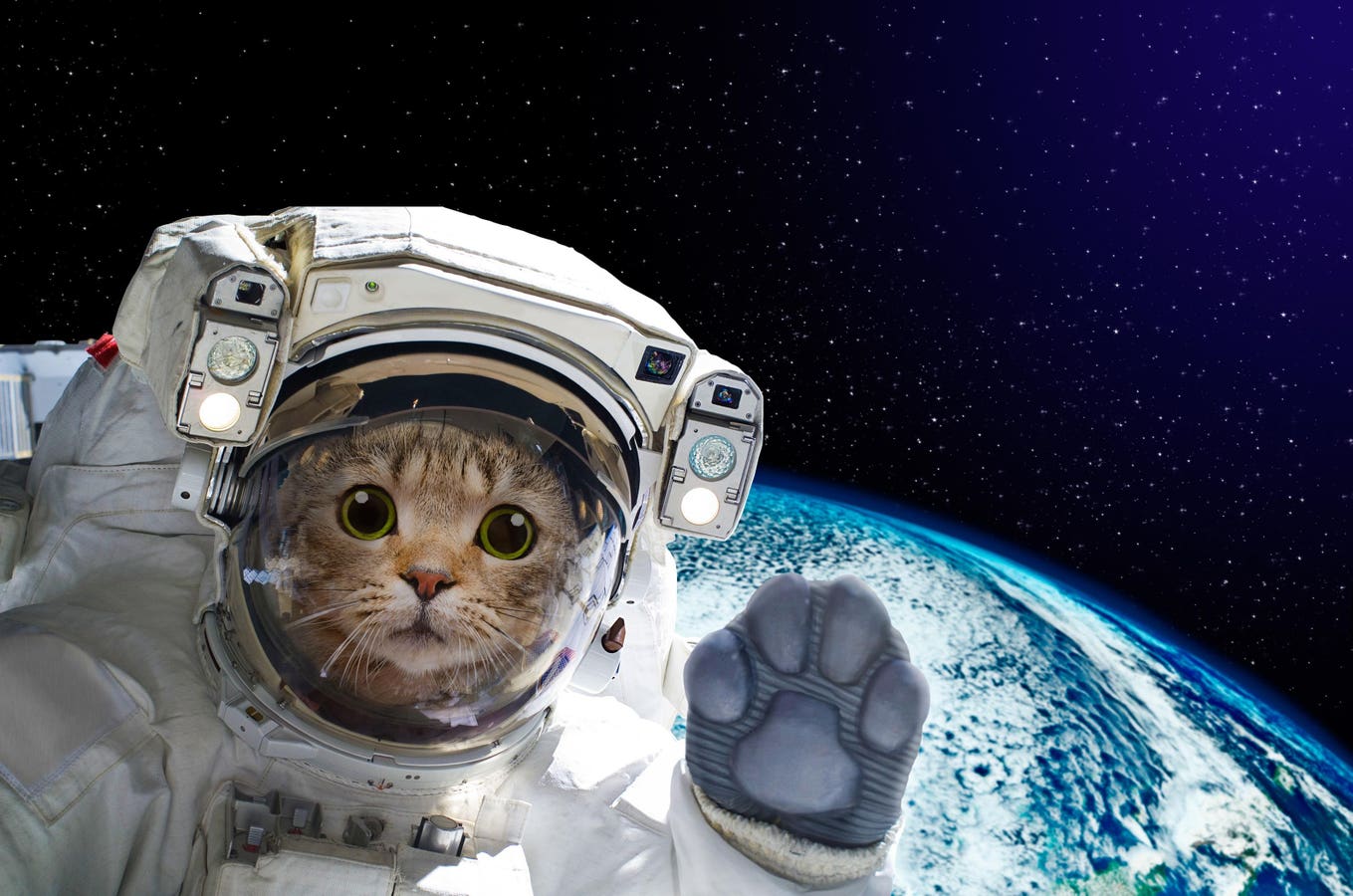In 2007, two Japanese automotive giants were in fierce competition, both offering hybrid vehicles that were strikingly similar in various aspects like price, running costs, reliability, and size. More importantly, they both boasted impressive green credentials, hailing from reputable manufacturers with substantial marketing campaigns behind them. Given these similarities, one might wonder why one of them managed to sell a staggering 181,221 units while the other lagged far behind with only 32,575 units sold. The answer lies in the power of being truly bizarre and disruptive.
Honda made what would later prove to be a colossal misstep with its Civic Hybrid. At first glance, it appeared to be an ordinary Civic, and that seemingly ordinary appearance was by design. Focus groups and boardroom discussions likely revolved around the notion that resembling any other Honda car was a wise choice.
However, this was far from an ordinary vehicle; it was a hybrid. During that period, hybrids were hailed as the solution to environmental concerns, the cars that symbolized a commitment to saving the planet. They were the vehicles parents proudly drove to school drop-offs and parked outside upscale supermarkets. Celebrities like Leonardo DiCaprio and Cameron Diaz were frequently spotted cruising around Hollywood in them, and if you encountered one on the highway, it undoubtedly caught your attention. That is, if it was a Prius.
Remarkably, 57% of Prius buyers cited their primary reason for choosing the Prius as, “it makes a statement about me.” The Prius stood out boldly from the crowd. Crafted by its designers’ unwavering dedication to reducing its drag coefficient, it discarded conventional category aesthetics in favor of a unique, distinctive shape that, at the time, bore no resemblance to any other vehicle on the road.
These distinctive aesthetics are believed to have played a pivotal role in the Prius’s monumental success. It didn’t look like just another Toyota; it looked like a statement. While other manufacturers opted for a more conventional appearance for their hybrid models, Toyota went in the opposite direction. The unique design was a bold declaration, signaling a departure from the ordinary.
The lesson here is that being different, even peculiar, can be an asset in a competitive market. In a world where every brand vies for attention, standing out is essential. The Prius’s success story demonstrates the profound impact that uniqueness can have on consumer perceptions and choices.
The Appeal of Unconventional Choices
When presented with a myriad of options, consumers often gravitate towards the unusual. Unique products and experiences tend to capture attention, invoke curiosity, and make a lasting impression. In a marketplace saturated with similarities, the bizarre becomes a refreshing departure from the ordinary.
For instance, consider the realm of fashion. Brands that embrace eccentricity and push the boundaries of traditional design often garner significant attention. Fashion houses like Gucci, under the former creative direction of Alessandro Michele, have thrived by adopting bold and unconventional styles. Michele’s avant-garde designs have redefined luxury fashion, attracting a new generation of consumers seeking individuality and self-expression.
Leaders Who Champion Uniqueness
Exceptional leaders understand the power of being unique. They recognize that innovation often stems from daring to be different. Consider Elon Musk, the driving force behind Tesla and SpaceX. Musk’s willingness to challenge industry norms and introduce groundbreaking concepts, such as electric vehicles and commercial space travel, has set his companies apart as pioneers in their respective fields.
Apple, under the guidance of the late Steve Jobs, consistently disrupted the technology market by introducing products like the iPod and iPhone. These devices not only redefined their product categories but also challenged established norms, capturing the imagination of consumers worldwide.
Embracing Uniqueness as a Strategy
In today’s highly competitive business landscape, standing out is a strategic advantage. Embracing the bizarre doesn’t mean forsaking your brand’s identity or mission. Instead, it’s about amplifying what makes you unique and authentically expressing it.
When executed intelligently, being unique can become a brand’s most significant asset. Organizations that push the boundaries of convention and embrace their distinctiveness often find that their eccentricity becomes a magnet for a devoted following. Even when perceived as bizarre, it can generate substantial attention, leading to increased brand recognition and loyalty.
So, as you navigate the complexities of business and strive for success, remember the power of the bizarre. Don’t shy away from being different, for it might just be the key to unlocking your brand’s true potential. By daring to be unique and authentic, you can create a legacy that truly stands out in a world filled with conformity.
Read the full article here





